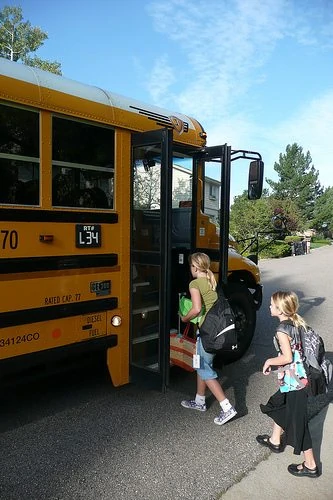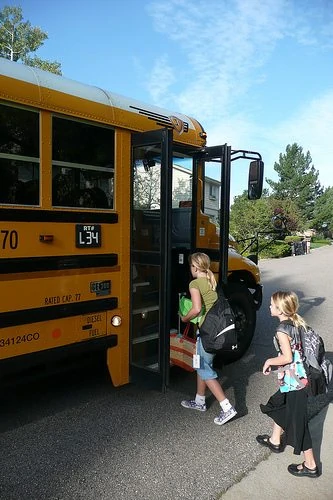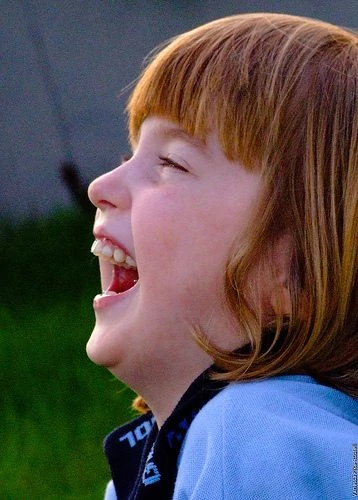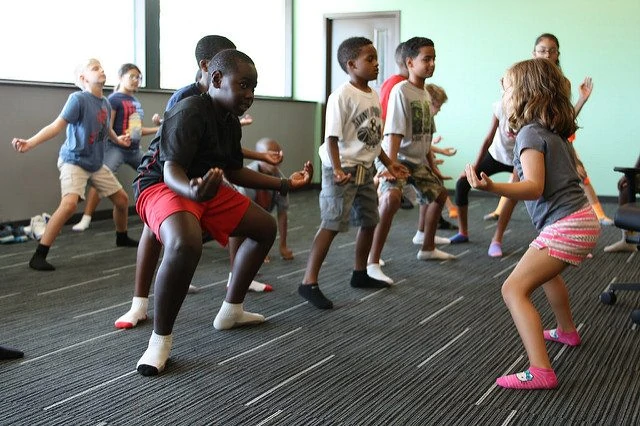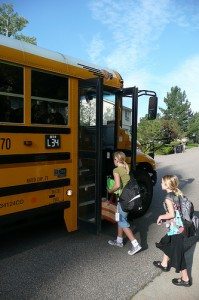
Parents and teachers know how important establishing routines is for healthy child development, but the shift from summer fun to school schedules can be challenging.
Of course, “challenge” is just a different word for “opportunity.”
Here are three ways you can make the most of the opportunities a new school year brings and prepare kids for a successful transition to their new routine – some new ABCs:
1. Attend to the Basics
One of our most basic needs is the need for quality rest and sleep, especially children, who need significantly more sleep than adults (up to 12 hours for the youngest school age kids, 9 for tweens and teens). But according to the National Sleep Foundation, the average youth gets up to two hours less than the minimum they need each night to support learning, emotional regulation and physical growth. There are many reasons for this sleep deficit, including electronic media use, lack of exercise and irregular sleep patterns.
For young children going off to school for the first time, sleep can also be disturbed by the natural anxieties that can arise from such a milestone event. (Their parents’ sleep can suffer, as well!) This is one of the things Lynea had in mind when writing her new book, Good People Everywhere. A soothing story, it makes a great bedtime read, easing fears and nurturing awareness of – and gratitude for – the many caring people in their lives. You may even want to download some of the free activity sheets from Three Pebble Press, which provide more ways for your child to identify the good people they know and feel safe and secure in the world.
2. Bring the Body into Balance
We all know that most kids don’t get enough exercise. Add to this increasing academic demands, excess media consumption and reductions in PE and recess time, and we have the perfect storm for attention problems, behavior issues, obesity and other long-term health issues.
Adding movement breaks into a classroom’s daily routine is a well-known tool of master teachers and a well-documented brain-based learning principle. The Top Ten Routine from our book Yoga Calm for Children (and taught in our Wellness 1 course) was specially designed to help reduce children’s stress, develop self-regulation and attention, and encourage imagination – all in just 10 minutes!
If you’re a teacher, have your students take turns leading the Top Ten each day, and you will also build classroom community and reduce behavior issues. (Student-led poses and sequences are a hallmark of the Yoga Calm approach.) As one of our carpenter friends says, “Ten minutes spent sharpening your saw first makes your work easier and more fun!” Download a free copy of the Top Ten here.
Of course, the Top Ten can be done at home, as well – where kids can also get moving with our Kids Teach Yoga: Flying Eagle DVD. (It makes for a great theme-based environmental education class, too, inspiring children to move and to protect nature.)
3. Create Community & Compassion
With the constant distractions and influence of electronic media, setting norms of behavior and practicing face-to-face social skills are more important than ever.
The Communication Game – also in our book – is one fun way to develop prosocial behaviors, communication skills and compassion in both classroom and counseling settings. In pairs, one student expresses a typical experience while their partner practices important skills such as restating, reflecting feelings, asking questions, sharing their experiences, encouraging and empathizing. Download a free copy of the Communication Game here.
One of the variations we cover when we teach this activity in depth for our Wellness 3 course brings a dynamic element to this social/emotional learning (SEL): Have two pairs compete against each other and the clock while the rest of the class keeps score.
And don’t think there’s no academic benefit here. According to psychiatrist Daniel Goleman, SEL in the classroom has been shown to improve academic achievement.
Starting your school year off right with healthy habits and behavioral skills lends itself to more than just academic success but life success, happiness and health. Who says we can’t have it all?!
Image by The Consortium, via Flickr

